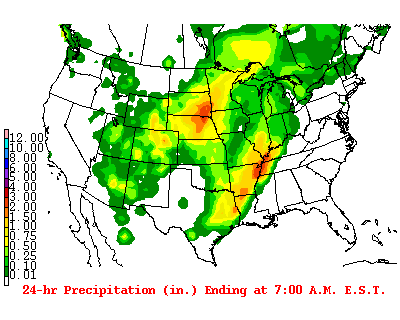


“We’re simultaneously studying all of the aspects of the lower atmosphere and hydrometeorology that we can,” Intrieri said. The ultimate goal of this project will be more accurate weather and river flow forecasts in watersheds critical to the southwestern U.S. The findings help improve several important NOAA models, including the Unified Forecast System, Rapid Refresh Forecast System, and National Water Model. The mountains of data collected by the study, dubbed SPLASH, will be analyzed alongside data collected by an adjacent field campaign directed by the Department of Energy and Lawrence Berkeley Laboratory. Credit: Chris Cox, NOAA Physical Sciences Laboratory NOAA scientist Janet Intrieri pauses halfway through digging a snow pit where she and Chris Cox collected samples for analysis of dust in the snowpack. Complementing this array were two stations installed nearby by Global Monitoring Laboratory field engineers and researchers consisting of sophisticated radiometers, ceilometers, a total sky imager, a cloud optical depth sensor, and other meteorological instruments. As storm after storm plastered the mountains with snow this winter, the network of radars, instrumented towers, and meteorological sensors measured temperatures, precipitation amounts, soil moisture and snowpack properties. When scientists from PSL and CIRES installed a comprehensive, state-of-the-art observing network in the East River watershed in the fall of 2021 to study how precipitation forms in the complex, high-altitude terrain, they couldn’t have imagined a year like this. “In the morning it was super crusty, in the afternoon it was super mashed-potato-y. “Ski conditions were not great,” said Janet Intrieri, a research scientist with NOAA’s Physical Sciences Laboratory. Credit: NOAA Physical Sciences Laboratoryįor a pair of NOAA scientists, part of a team conducting an intensive two-year study of how precipitation forms in the East River watershed near Crested Butte, the softening spring snows provided just a little extra challenge for a scheduled ski and snowshoe trek into the rugged mountain valley in late April. Together, the SPLASH network and airborne snow survey measurements provide a unique set of observations that can inform seasonal water supply and flood risk outlook. Topographic image of the Crested Butte–Gunnison region, showing the location of SPLASH surface instrumentation (colored icons) and potential NOAA snow survey flight tracks (purple).


 0 kommentar(er)
0 kommentar(er)
